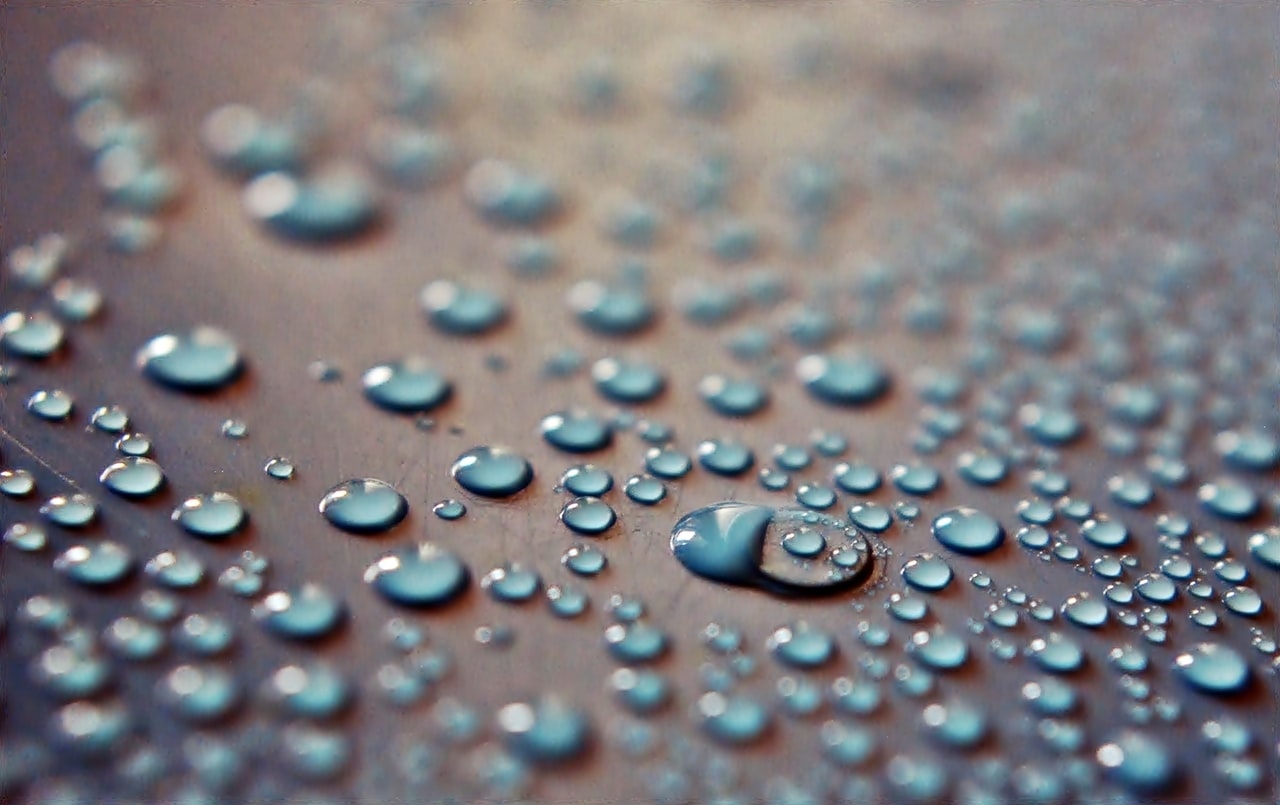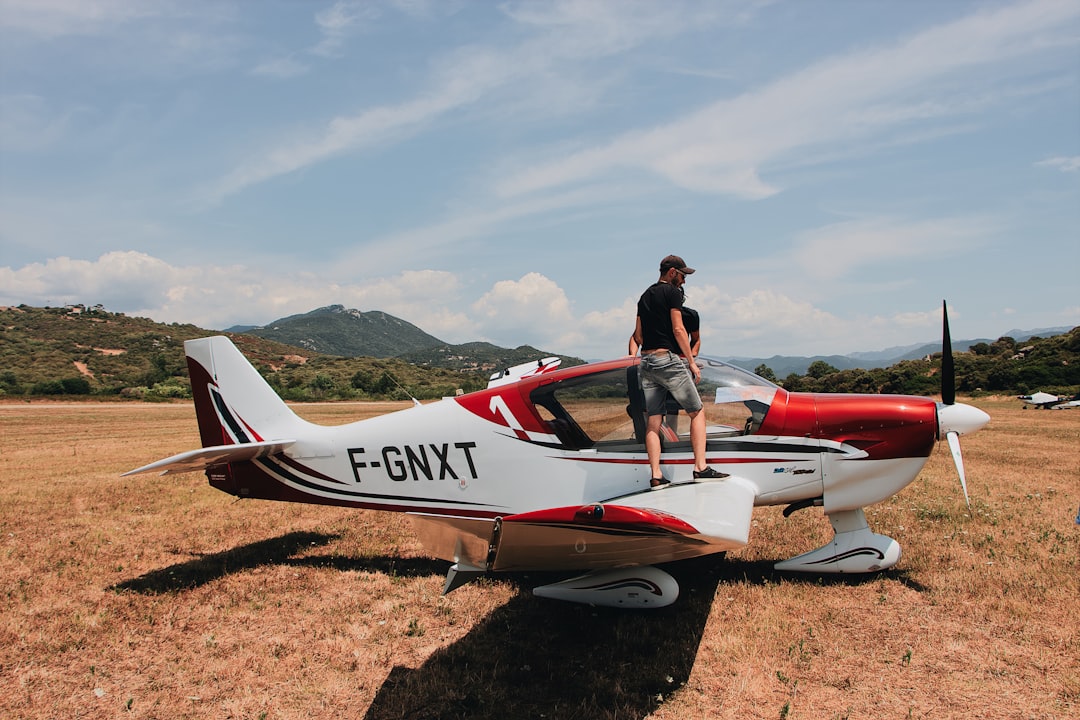What is it about?
We report on the measurement of the pressure associated with a shock wave within a very thin layer (100 nm) in proximity of a boundary surface. In the experiments, the shock wave was emitted by a cavitation bubble generated by a pulsed pump laser in water. We developed a pump-probe setup based on the detection of the light scattered at the surface of a one-dimensional photonic crystal, which was purposely designed to sustain a surface electromagnetic wave in the visible range and to enhance the optical response. In order to better understand the phenomenon, we implemented numerical simulations to describe the light scattering intensity distributions through a modified Rayleigh’s method. We report, with a LoD of 0.1 MPa, the measurements of the pressure at a surface in the presence of a laser-induced cavitation bubble generated at different distances from the surface and for different pulse energies.
Featured Image

Photo by Nithya Ramanujam on Unsplash
Why is it important?
We proposed a new technique to evaluate the pressure in proximity of a surface during a very fast event as can be a bubble cavitation. The sensor shows high performances and high spatial resolution.
Read the Original
This page is a summary of: Laser induced cavitation: Plasma generation and breakdown shockwave, Physics of Fluids, October 2019, American Institute of Physics,
DOI: 10.1063/1.5119794.
You can read the full text:
Contributors
The following have contributed to this page










